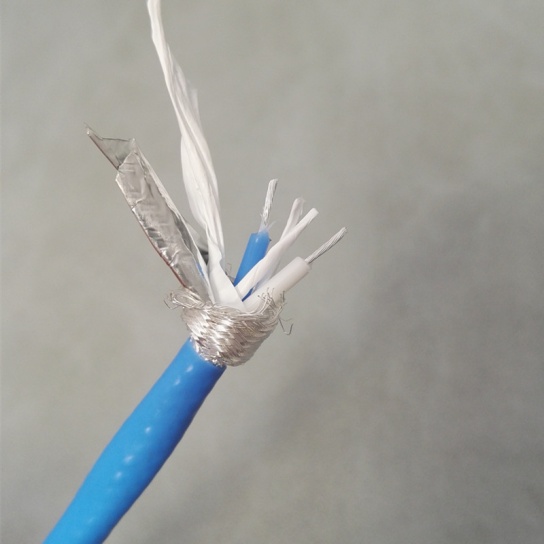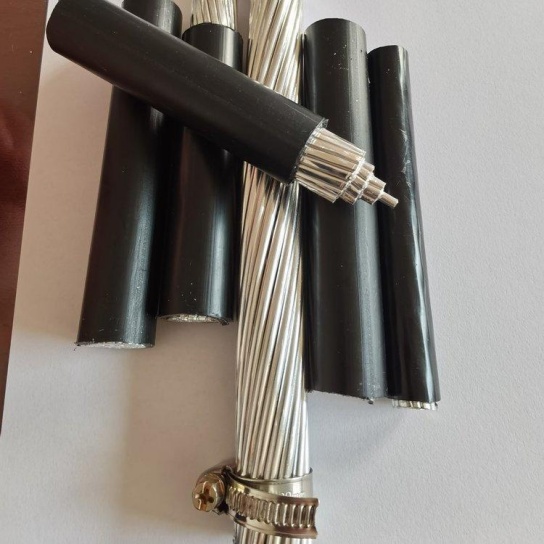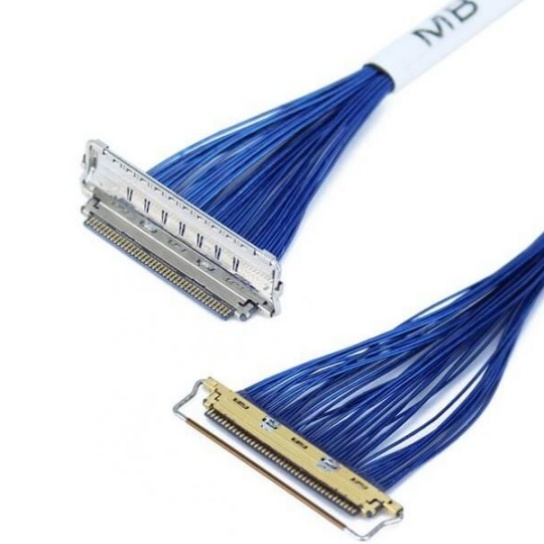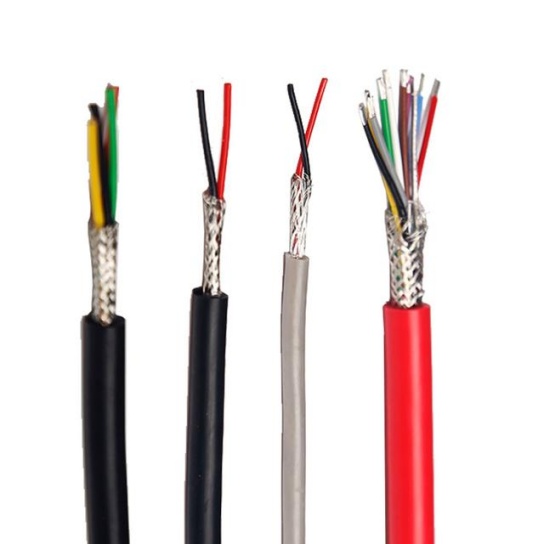The Importance of Certifications for Aircraft Cable Assemblies
Aircraft cable assemblies serve as the “nervous system” of aircraft, responsible for transmitting critical electrical signals, power, and data between avionics, engines, control systems, and cabin components. Given their role in ensuring flight safety, operational efficiency, and compliance with global aviation regulations, certifications for these assemblies are not just optional—they are a non-negotiable foundation of aerospace manufacturing. Below is a detailed breakdown of why these certifications matter, and how they address the real needs of airlines, aircraft manufacturers, and maintenance teams.
1. Compliance with Stringent Aviation Standards
The aerospace industry is governed by some of the strictest regulatory frameworks in the world, designed to mitigate risks in high-stakes environments. Certifications for aircraft cable assemblies validate that products meet these universal or regional standards, eliminating legal and operational gaps. For example:
- FAA (Federal Aviation Administration) Certification: In the U.S., cable assemblies must comply with FAA guidelines (such as AC 20-136) to ensure they align with aircraft airworthiness requirements. This includes testing for material flammability, smoke emission, and toxicity—critical factors for cabin safety in case of fire.
- EASA (European Union Aviation Safety Agency) Approval: For aircraft operating in the EU, EASA’s CS-25 (Certification Specification for Large Aeroplanes) mandates cable assemblies to withstand extreme temperature fluctuations (-65°C to 200°C for certain components) and resist chemical exposure from jet fuel or hydraulic fluids.
- SAE International Standards: SAE AS39029, a widely adopted standard, specifies requirements for crimped, soldered, and insulated cable terminations—ensuring consistent connectivity and preventing signal loss or short circuits.
Without these certifications, cable assemblies cannot be integrated into commercial or military aircraft, as they pose risks of regulatory rejection or grounding.
2. Guaranteeing Critical Safety Performance
Aircraft operate in harsh and variable conditions: high altitude, intense vibration, electromagnetic interference (EMI), and rapid pressure changes. Certifications validate that cable assemblies can perform reliably under these stressors, directly safeguarding flight safety. Key performance validations include:
- EMI Shielding: Certified assemblies (e.g., those meeting MIL-DTL-83513 for military applications) feature shielding materials that block external electromagnetic signals, preventing interference with avionics like navigation systems or radar—an issue that could lead to misreadings or system failures.
- Mechanical Durability: Certifications require rigorous vibration testing (per RTCA DO-160) to ensure cables do not fray, disconnect, or degrade after thousands of flight cycles. For instance, a certified assembly will maintain integrity even during takeoff and landing, when vibration levels are highest.
- Environmental Resistance: Tests for moisture, corrosion, and UV exposure (per SAE AS22759) ensure cables do not fail in humid tropical climates or during long-haul flights over polar regions, where cold temperatures can make uncertified materials brittle.
3. Enhancing Supply Chain Reliability
Airlines and aircraft OEMs (Original Equipment Manufacturers) rely on global supply chains to source components. Certifications act as a “quality passport,” enabling buyers to quickly verify a supplier’s capability and reduce the risk of defective parts. For example:
- A manufacturer with ISO 9001:2015 (quality management) and AS9100D (aerospace-specific quality) certifications demonstrates a structured approach to production—from raw material inspection (e.g., using ultrasonic testing for copper conductors) to final assembly testing (e.g., continuity checks with precision multimeters).
- Certifications also streamline traceability: In the event of a component recall, certified assemblies can be tracked back to their production batch, material sources, and test results—saving time and minimizing disruption to aircraft operations.
4. Reducing Long-Term Operational Costs
While certified aircraft cable assemblies may have a higher upfront cost than uncertified alternatives, they deliver significant long-term savings by reducing maintenance, downtime, and failure-related expenses. For example:
- Uncertified cables may degrade prematurely, requiring frequent replacements (e.g., every 2–3 years) and grounding aircraft for maintenance—costing airlines an average of \(10,000–\)30,000 per hour of downtime. Certified assemblies, by contrast, have a service life of 10–15 years (when maintained properly), cutting replacement frequency and costs.
- Failure of an uncertified cable in a critical system (e.g., engine power transmission) could lead to catastrophic accidents, resulting in millions of dollars in damages, legal liabilities, and reputational harm. Certifications mitigate this risk by ensuring components meet proven safety benchmarks.
When it comes to sourcing reliable aircraft cable assemblies, partnering with a certified manufacturer is essential. FRS, a leading aerospace component factory, specializes in producing FAA-, EASA-, and SAE-compliant cable assemblies. With AS9100D certification and in-house testing labs (equipped to perform RTCA DO-160 and MIL-STD-202 environmental tests), FRS ensures every assembly meets the strictest safety and performance standards. Whether for commercial airliners, military jets, or private aircraft, FRS’s certified cable assemblies deliver durability, traceability, and peace of mind—helping you keep operations safe, compliant, and cost-effective.






